Nestled in the verdant landscapes of Andhra Pradesh, Papikonda National Park stands as a testament to the rich biodiversity of the region. This national park, embraced by lush greenery and meandering rivers, invites nature enthusiasts on a journey of exploration. In this article, we will uncover the historical tapestry, the diverse flora and fauna, and the immersive experiences that make Papikonda National Park a hidden gem in the heart of southern India.
What is Papikonda National Park Famous For?
Papikonda National Park is celebrated for its diverse ecosystems and the unique range of wildlife that inhabits its boundaries. Located along the Godavari River, the park is renowned for its scenic landscapes, dense forests, and fascinating biodiversity that thrives in this natural haven.
History of Papikonda National Park
The historical roots of Papikonda National Park are intertwined with the cultural and ecological significance of the region. Established to preserve the fragile ecosystems along the Godavari, the park reflects Andhra Pradesh’s commitment to conservation. Papikonda National Park stands as a testament to the state’s dedication to wildlife preservation and sustainable tourism.
Flora at Papikonda National Park
Entering Papikonda National Park immerses visitors in a vibrant tapestry of flora. The park’s landscapes showcase a variety of vegetation, from tropical deciduous forests to riparian habitats. The lush greenery and unique plant species contribute to the enchantment of Papikonda’s natural beauty.
Tropical Deciduous Forests
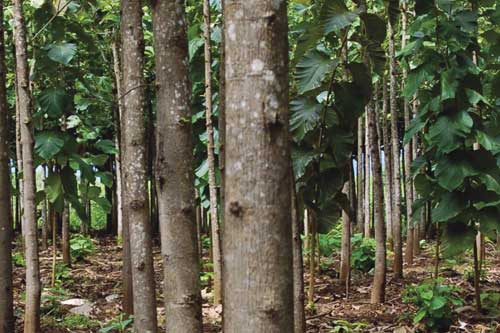
Papikonda National Park is characterized by tropical deciduous forests that blanket the hillsides. Teak, sal, and bamboo are among the prominent tree species that create a canopy providing shelter and sustenance for numerous wildlife species. The diverse flora contributes to the ecological richness of the park.
Riparian Vegetation
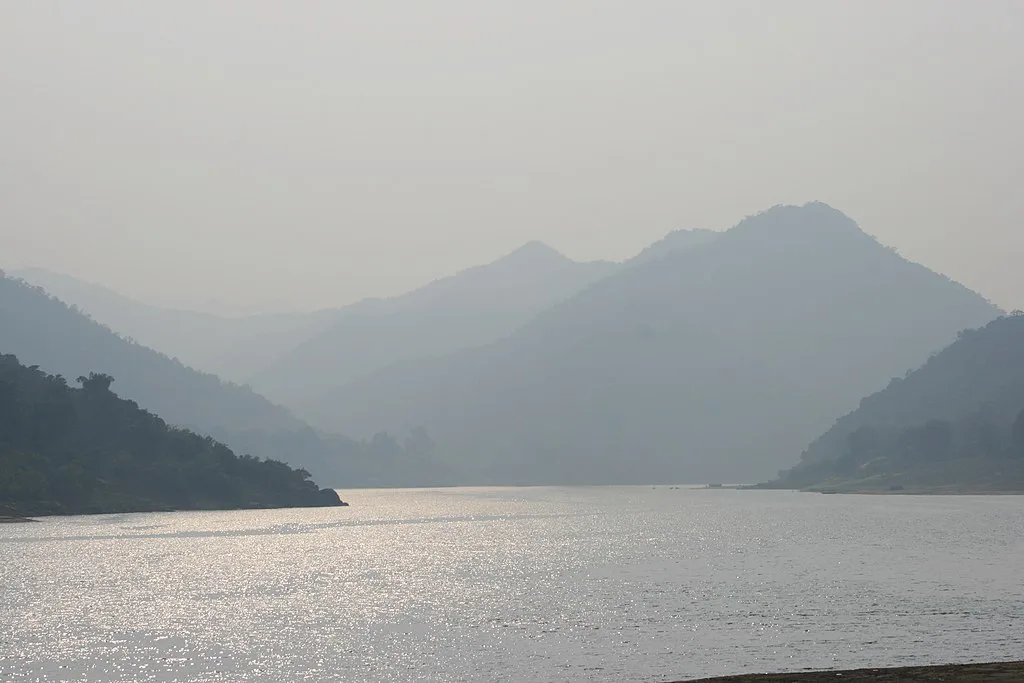
The Godavari River and its tributaries support lush riparian vegetation, adding to the diversity of plant life. The unique flora along water bodies creates habitats for aquatic and semi-aquatic species, contributing to the overall ecological balance of Papikonda National Park.
Fauna at Papikonda National Park
The real allure of Papikonda National Park reveals itself as one encounters its diverse fauna. The park is home to a variety of wildlife, including mammals, birds, and reptiles. The varied habitats within the park contribute to a rich biodiversity that captures the essence of Andhra Pradesh’s wilderness.
Mammalian Diversity
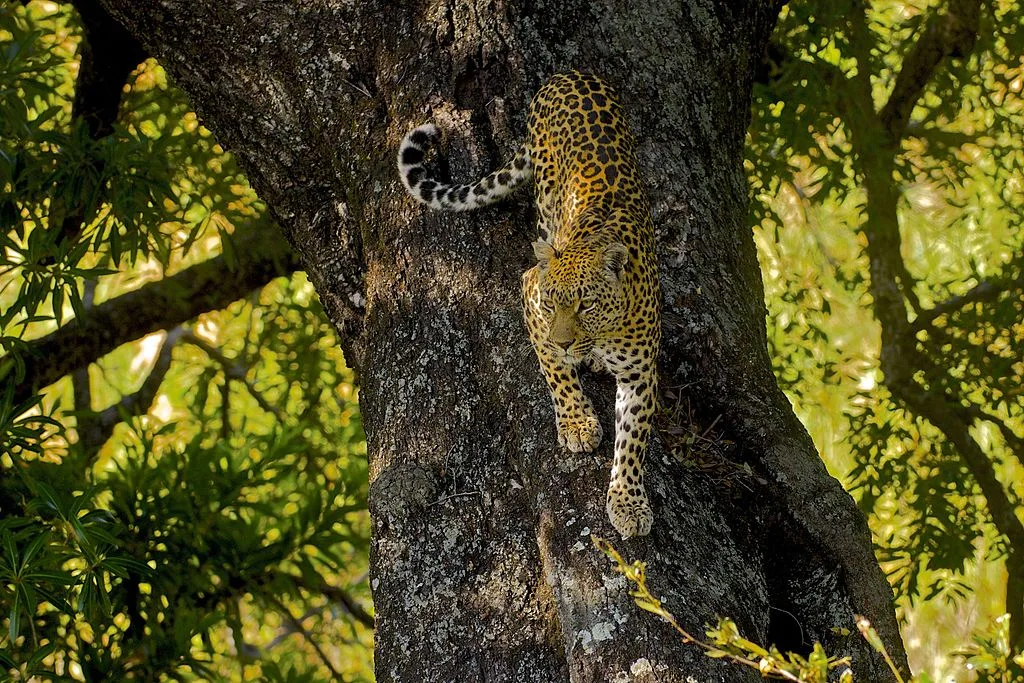
Papikonda National Park is inhabited by various mammalian species, including tigers, leopards, and deer. The dense forests and riverine landscapes provide ideal habitats for these mammals, offering wildlife enthusiasts opportunities to observe them in their natural environment.
Avian Residents
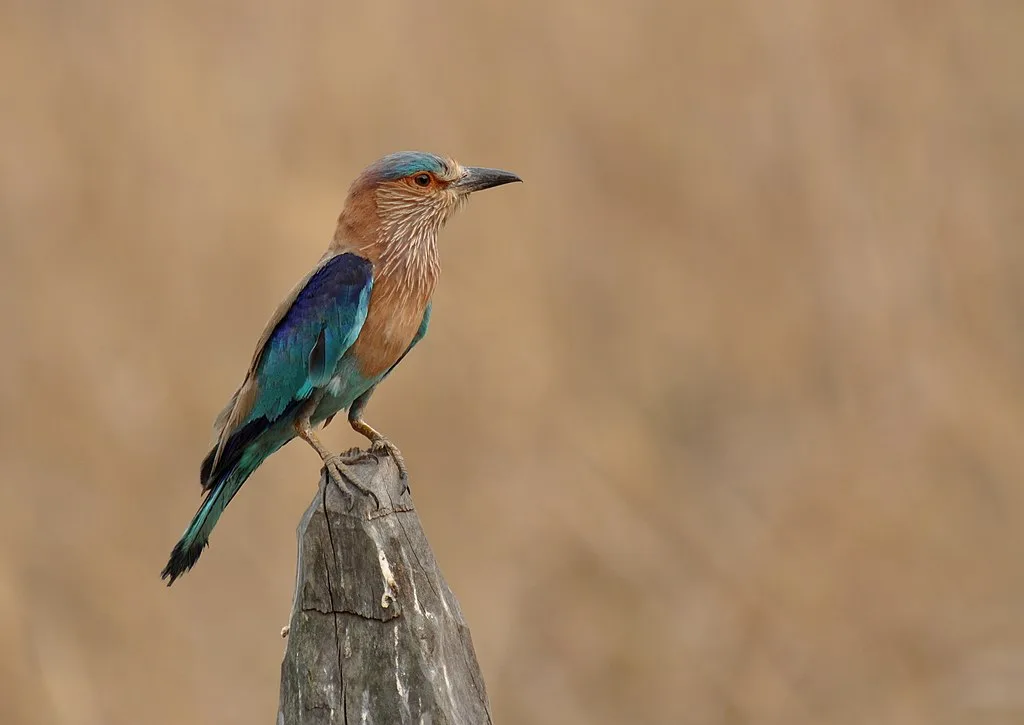
The sanctuary boasts a rich avian diversity, with numerous bird species gracing its skies and woodlands. The varied habitats, including forests, grasslands, and wetlands, create ideal conditions for both resident and migratory birds. Bird watchers can delight in the opportunity to spot and observe the sanctuary’s feathered inhabitants.
Reptiles and Amphibians
Papikonda National Park is also home to reptiles and amphibians adapted to the diverse ecosystems. Snakes, lizards, and frogs contribute to the overall biodiversity of the sanctuary. Exploring the park may offer encounters with these fascinating creatures.
Safari Experience at Papikonda National Park
Embarking on safaris in Papikonda National Park is a journey into the heart of Andhra Pradesh’s wilderness. The park offers safari experiences that allow visitors to explore its diverse landscapes and encounter the rich biodiversity that calls it home.
Jungle Safari
Jungle safaris in Papikonda National Park provide opportunities to spot elusive wildlife species. The park’s knowledgeable guides enhance the safari experience by providing insights into the behavior and ecology of the wildlife. Jeep safaris are a popular choice for exploring the park’s interior.
River Safari
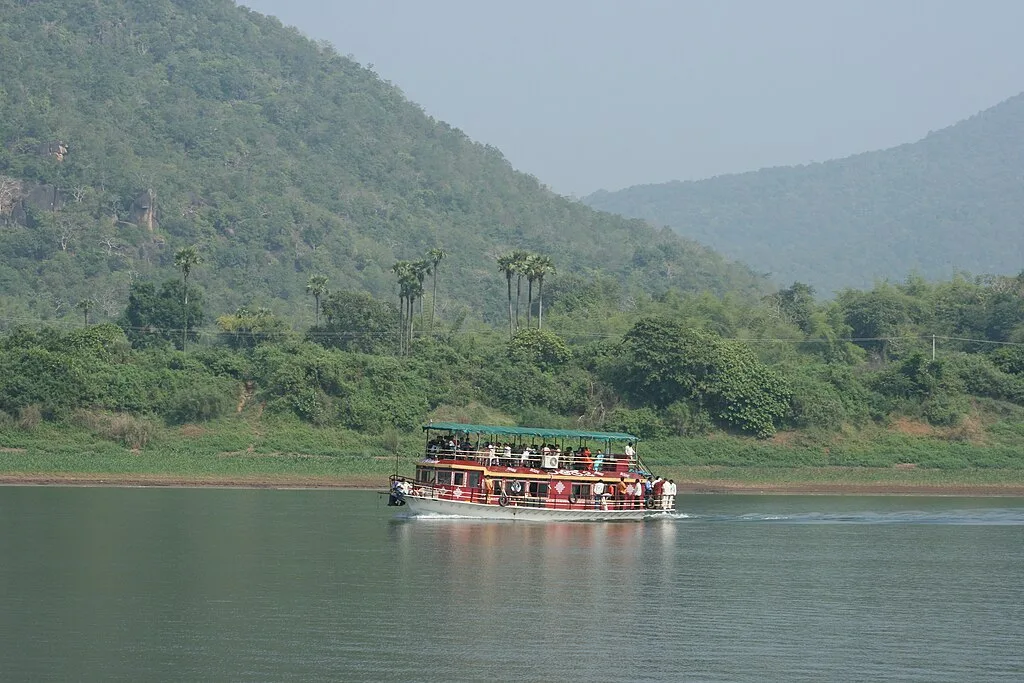
Given the park’s proximity to the Godavari River, river safaris offer a unique perspective of Papikonda’s landscapes. Navigating the river allows visitors to witness the lush riparian vegetation and spot wildlife along the banks. River safaris provide a tranquil and immersive experience in the heart of the sanctuary.
How to Reach Papikonda National Park
Nearest Airport and Railway Station
For those planning a visit, Rajahmundry Airport serves as the nearest air gateway to Papikonda National Park. Alternatively, the Rajahmundry Railway Station is the closest railhead. From Rajahmundry, the sanctuary is accessible by road, with public and private transport options available.
Road Connectivity
Papikonda National Park is well-connected by road, allowing access from various parts of Andhra Pradesh. The sanctuary’s entry points serve as gateways for visitors, and the scenic drive through the Eastern Ghats adds to the anticipation of reaching this nature haven.
Accommodation Options
To enhance the Papikonda National Park experience, visitors can find accommodation options in nearby towns. Hotels, resorts, and nature lodges offer comfortable lodging, allowing guests to immerse themselves in the tranquility of Andhra Pradesh’s wilderness. It’s advisable to check availability and make reservations in advance, especially during peak wildlife viewing seasons.
Best Time to Visit Papikonda National Park
The optimal time to visit Papikonda National Park depends on personal preferences and interests. However, the post-monsoon and winter months are generally considered favorable for wildlife sightings and outdoor activities.
Post-Monsoon Season (October to March)
The post-monsoon season marks the beginning of the tourist season at Papikonda National Park. The weather is mild, and the sanctuary comes alive with lush greenery. This period is ideal for safaris, nature walks, and exploring the diverse habitats.
Winter Season (November to February)
The winter months bring a pleasant chill to the air, making it an enjoyable time to explore Papikonda National Park. The reduced foliage enhances visibility, increasing the chances of wildlife sightings. The park’s landscapes provide a unique backdrop for photography and offer a clear view of the surrounding Andhra Pradesh wilderness.
Things to Do at Papikonda National Park
Beyond safaris, Papikonda National Park offers a range of activities to engage visitors and provide a deeper understanding of its diverse ecosystems.
Bird Watching
Given the rich avian diversity, bird watching in Papikonda National Park is a rewarding activity. The varied habitats, including forests, wetlands, and riverside areas, offer a plethora of bird species for
enthusiasts to observe and identify.
Nature Walks
Exploring the park on foot through designated nature trails allows visitors to connect with nature at a leisurely pace. Nature walks provide opportunities to observe flora and fauna up close, with the guidance of knowledgeable naturalists.
Cultural Exploration
Papikonda National Park is located in the culturally rich state of Andhra Pradesh. Exploring nearby villages provides a cultural dimension to the park experience. Visitors can interact with local communities, gaining insights into the traditions and lifestyle of the region.
Interesting Trivia about Papikonda National Park
- Godavari River Basin: Papikonda National Park is situated in the Godavari River basin, one of the largest river basins in India. The park’s ecosystems are intricately connected to the flow of the Godavari, influencing the biodiversity of the region.
- Endangered Species: The park is home to several endangered species, including the smooth-coated otter and the Indian pangolin. Conservation efforts in Papikonda National Park focus on protecting these vulnerable species.
- Tribal Communities: The surrounding areas of Papikonda National Park are inhabited by tribal communities. Visitors have the opportunity to learn about the traditional practices and lifestyles of these communities, adding a cultural dimension to their park experience.
In conclusion, Papikonda National Park stands as a biodiversity oasis in Andhra Pradesh, inviting visitors to witness the untamed beauty of the Eastern Ghats. From the diverse flora and fauna to the scenic landscapes and cultural connections, every aspect of the sanctuary beckons nature enthusiasts to embark on a journey of discovery.
